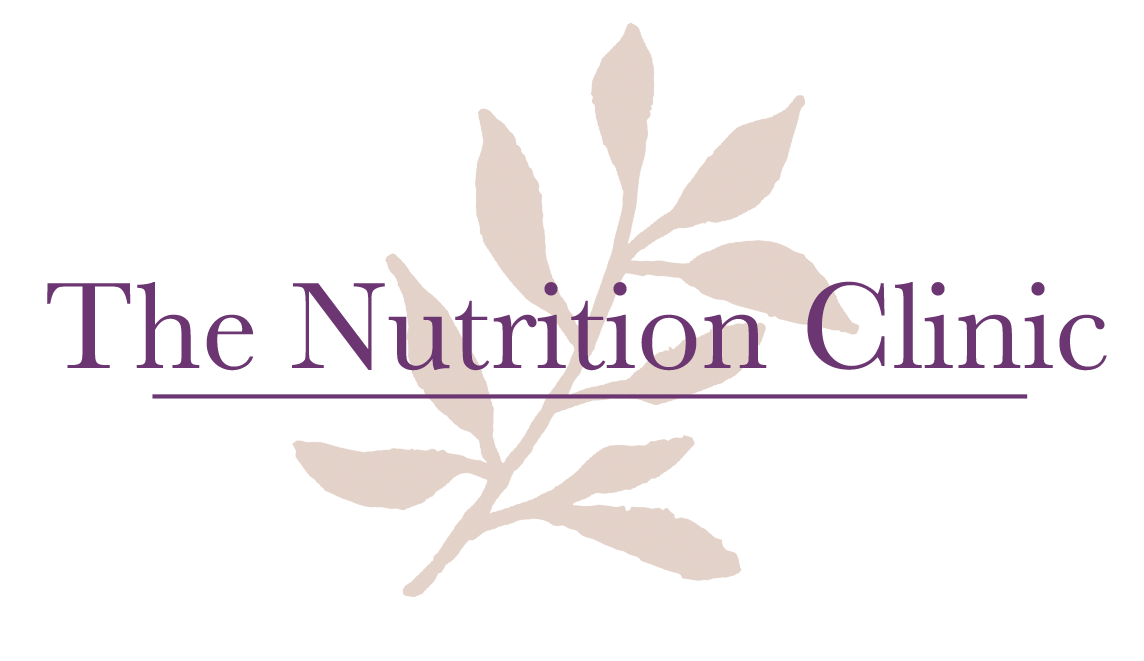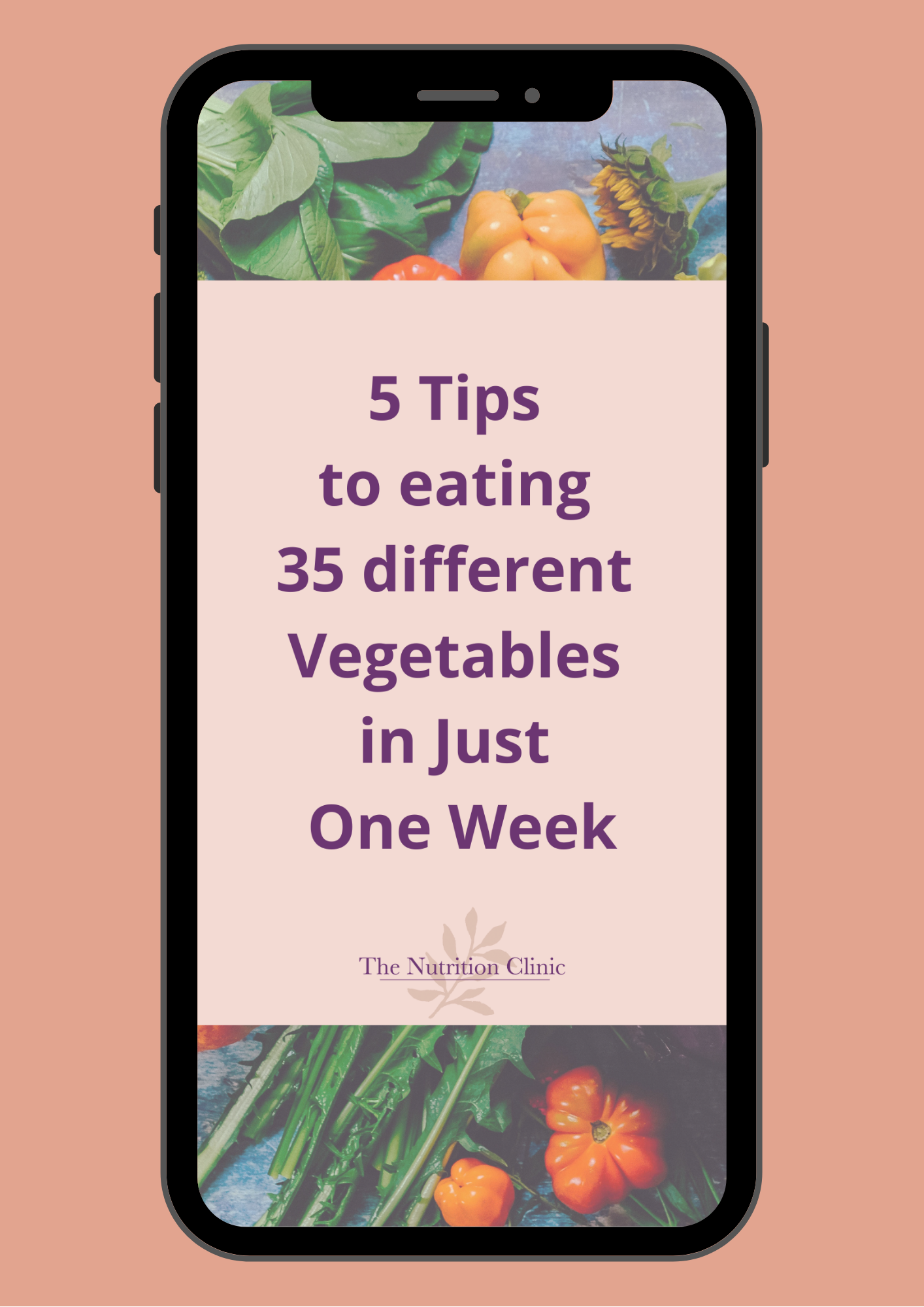First it started with shorter cycles. I didn’t pay too much attention at first, I could have the odd cycle longer or shorter than normal. But then I noticed I was way more irritable than was warranted, and my breasts felt as they did when I was pregnant (except I wasn’t, phew!) and I was so bloated I looked as though I was pregnant too.
What was going on?
It was only when I started to connect the dots that I realised this wasn’t a one off event. In fact, these symptoms suggested that I was more than likely in the beginning stages of perimenopause.
What is the perimenopause
The perimenopause is a natural sequence of events that is triggered as we begin not to ovulate as regularly as we did. This can start as early as 35 years old, but it’s more common in our early 40s. This causes fluctuations in our hormone levels, and it’s this fluctuation that results in many of the symptoms women can experience during this time. For some women, it lasts just a few short months and for others it can go on for up to 10 years, with the average being around 7 years.
The word ‘perimenopause’ means ‘around menopause’ and describes the period of time leading up to when your periods finally stop. You are officially in menopause once you have not had a period for 12 months.
It’s also important to state that while it starts as we get older, perimenopause is not a result of aging.
Unlike other medical diagnoses, Perimenopause is not a condition that can be ‘managed’. While it can seem like a chaotic fluctuation of hormones, it is actually a sequence of events. This starts with low progesterone and high oestrogen, finally leading onto low oestrogen. Knowing the sequence of these events can help understand the symptoms you may be experiencing and where you are in this process.
How do I know if I’m in the perimenopause?
For some there is no warning as symptoms may be non-existent or very mild, so they may only know once their period has stopped. However, for the majority of women, it’s usually the onset of perimenopausal symptoms that gives us the biggest clue. In the early years some of these symptoms could be so mild, such as irritability or disrupted sleep, that you put them down to other reasons or everyday stresses. Others may be more obvious and ones you’ve commonly heard about in relation to the menopause, such as night sweats and hot flushes.
According to Professor Prior a woman, 35 years and older, with three or more of the following symptoms is likely to be in perimenopause:
- New onset heavy an/or longer flow
- Shorter menstrual cycles (25 days or less)
- New sore, swollen or lumpy breasts
- New mid-sleep waking
- Increased menstrual cramps
- Onset of night sweats, in particular premenstrually
- New or markedly increased migraines
- New or increased premenstrual mood swings
- Weight gain without changes in exercise or eating
Understanding the stages of perimenopause to help with symptoms
As mentioned above the perimenopause is actually a set sequence of events. How quickly we move through these, or how noticeable they are to us, depends on the person. However understanding what is happening will help with understanding your symptoms and how best to support them at that point.
Not every new symptom we experience in our 40s can be attributed to the perimenopause. Some symptoms can be attributed to other causes so it’s always best to check in with your GP to make sure.
Prof. Prior has broken these events down into four stages.
Stage 1 – Very early perimenopause, when cycles are still regular
Your menstrual cycle is still regular, but it may have shortened to 21-26 days. You probably have less progesterone, but more oestrogen.
The symptoms you may experience due to lower progesterone include: anxiety, sleep disturbances, breast pain, heart palpations, migraines, heavy periods. With the resulting higher oestrogen this could cause heavier periods, breast pain and irritable mood.
Typical duration 2-5 years
Stage 2 – Early menopause transition, from the onset of irregular periods
Your menstrual cycle could vary in length from cycle to cycle by more than 7 days. You have low progesterone and high, fluctuating oestrogen. However, now when oestrogen drops it goes lower and so will trigger symptoms of hot flushes and night sweats. When it is high it can cause heavier periods, breast pain, insomnia and irritable mood.
Typical duration 2-3 years.
Stage 3 – Late menopause transition, from the first cycle of more than 60 days
This is when you miss your first period, or have your first cycle that is longer than 60 days.
Breast pain may ease, but hot flushes and night sweats may intensify due to the lower levels of oestrogen.
Approximately 4 years until menopause.
Stage 4 – Late perimenopause, which is 12 months from the final period
At this point you suspect you have had your last period. This is the beginning of the change to lower oestrogen.
Due to the lower oestrogen you should notice less migraines. Mood symptoms should decrease, but if they do not this could be due to changes of the energy system of the brain. Hot flashes may continue for a year or two from this point. Vaginal dryness is also a result of lower oestrogen. Muscle aches and pains are also a result of low progesterone and oestrogen. Abdominal weight gain can also be contributed to due to lower oestrogen. Oestrogen and progesterone are metabolism stimulating hormones, as well as being anti-inflammatory. This can cause insulin resistance, causing weight gain.
+ menopause, which is the life phase that begins one year after your last period
This is the phase that begins one year after your last period. Most symptoms should resolve at this point.
Perimenopause, a time of transition in overall health for women
What’s not commonly discussed is that perimenopause is also a time that women have an increased vulnerability to developing new health conditions later in life. This is a time when small health complaints could manifest into larger and more permanent health complaints later on.
This is mainly due to the decrease in those hormones progesterone and oestrogen. Both of these hormones are used by other systems and processes in our body, and as such have protected us from health complaints up until now. However, when the levels of these hormones start to fall, these other systems also need to adjust to functioning with lesser amounts of them.
The main body systems that have relied on these hormones include the cardiovascular system, immune system, insulin sensitivity and the brain. All of this puts us at greater risk of things like autoimmune conditions, mental illness, cognitive decline, diabetes, osteoporosis and heart disease.
However, it’s not all bad news. Understanding that the perimenopause is a transition period, we can start to put smaller changes in place now that will lessen the risk of more serious health complaints later on. By focusing on our food and lifestyle we can lessen the risk of these health complaints as we move through our 40s. This in turn will reduce the risk or lessen the impact later on in life.
Perimenopause as a barometer of our current health
The perimenopause is like a barometer of your current health. If your periods before perimenopause were free of bad PMS type symptoms, it’s likely your perimenopause symptoms may be mild too. This is because symptomless periods are an indication that everything is working well. For example, your liver is metabolising oestrogen well and so is coping with any fluctuations.
However, if someone is already experiencing mild sleep disturbances, increased stress or issues with insulin sensitivity before the perimenopause, heading into perimenopause could exasperate them further. Any dietary or lifestyle changes to support these perimenopause symptoms would have been what was needed anyway. You just may not have been as aware of that need before.
What can I do?
Reading up on the menopause on Google can be a scary thing. Many times we hear more of the bad experiences than of the good ones. Knowing what to look out for can help. Tracking your cycle and symptoms is a good place to start. Putting in basic nutritional supports, and taking a good look at your lifestyle habits will also help to support your body and mind through this experience.
If you’re not sure where to start with nutritional supports for your body, book in for a free 20 minute health review call and we can discuss your needs and what you can start doing today.



0 Comments